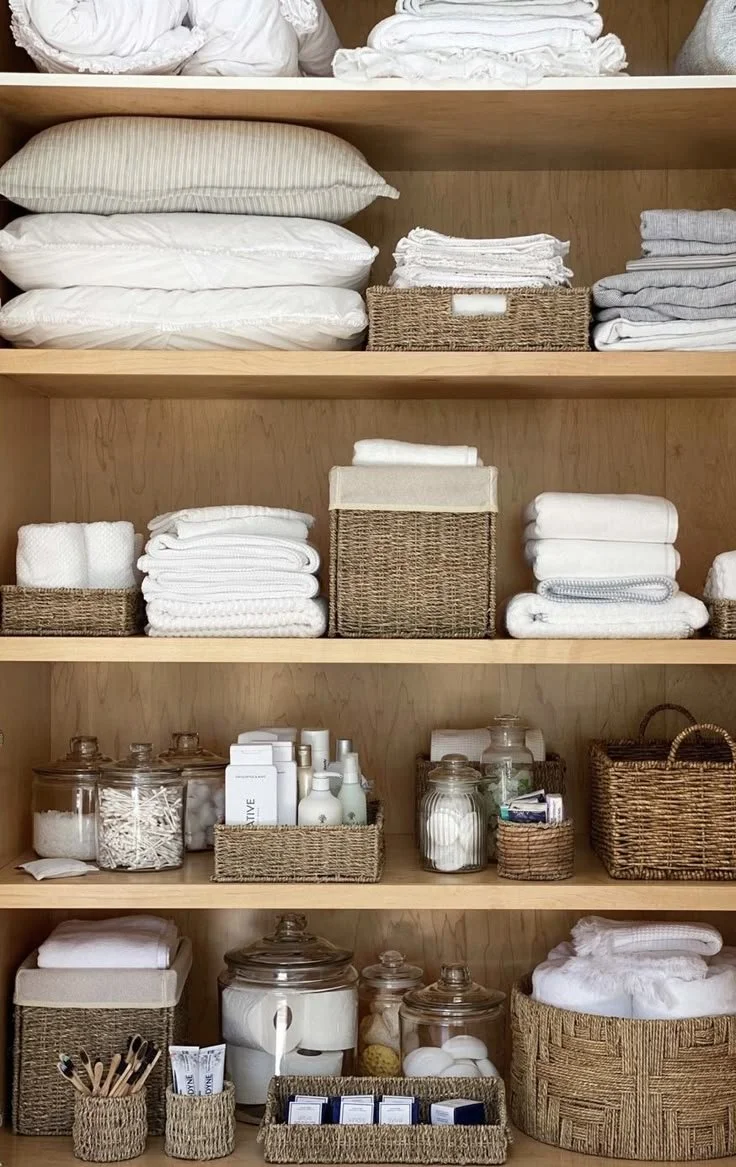How Do I Know What Size Pool Skimmer I Need?
Picking the proper size pool skimmer is essential for maintaining a filtered and clean pool. However, it can often be confusing, especially if you're using a robotic pool cleaner in conjunction with your skimmer.
The right skimmer ensures effective debris removal, whether you're using a vacuum cleaner designed for pool upkeep or a swimming pool robot cleaner for routine maintenance. In this guide, we help you determine the ideal skimmer size for your pool and explain how it works alongside other cleaning solutions, such as a pool vacuum robot or the Beatbot AquaSense 2 Pro Robotic Cleaner.
No. 1
Robot Pool Cleaner Vs. Pool Skimmer
While a robot pool cleaner is an excellent tool for deep cleaning the bottom and walls of your pool, a pool skimmer is indispensable for removing debris from the surface. Together, the pool vacuum robot and the skimmer work hand-in-hand to maintain a pristine pool environment.
Choosing the correct skimmer size is critical for efficiently extracting leaves, debris, and even small items like algae. Here’s how to select the right skimmer for your pool and ensure it integrates seamlessly with your cleaning system.
No. 2
Guidelines for Choosing the Right Pool Skimmer Size
1. Pool Size
The size of your pool is the first factor to consider when selecting a skimmer.
Small Pools: A smaller skimmer may suffice for pools with limited surface area.
Larger Pools: Bigger pools require larger skimmers to handle increased debris levels.
Solution: Start by measuring your pool’s surface area and choose a skimmer capable of removing at least 16 liters of debris per minute. For deep cleaning, tools like the Beatbot AquaSense 2 Pro Robot Pool Cleaner or any other Maytronics pool cleaner can complement a large skimmer for surface cleaning.
2. Type of Pool
Different types of pools—above-ground, inground, or pools with unique shapes—may require different skimmer sizes.
Inground Pools: Typically need more powerful skimmers due to their larger size and depth.
Above-Ground Pools: Can often function with smaller, less powerful skimmers.
Solution: Select a skimmer based on your pool type. For pools with wall-scraping robotic cleaners, ensure the skimmer bag can handle debris at varying depths in the water.
3. Skimmer Capacity
Skimmers vary in capacity, with larger models holding more debris before needing to be emptied.
Pools that collect significant amounts of leaves, bugs, or other debris benefit from larger skimmers.
Solution: Choose a skimmer with a higher capacity if your pool frequently accumulates debris. For lighter debris, the skimmer can complement a robot pool cleaner, which handles heavier cleaning tasks.
4. Type of Debris in Your Pool
The type of debris your pool collects can influence the skimmer size and design.
Large Debris: Leaves and twigs may require a larger skimmer.
Fine Debris: Algae or small particles may need a skimmer with a finer mesh or built-in filter.
Solution: If your pool often collects fine debris, select a skimmer with a finer mesh. For algae or chemical deposits, consider models with filters designed to trap smaller particles effectively.
5. Skimmer vs. Robotic Pool Cleaner
While a robotic pool cleaner like the Beatbot AquaSense 2 Pro handles the bottom and walls of your pool, a skimmer is dedicated to surface cleaning. Together, they ensure comprehensive pool maintenance.
Solution: Use a pool skimmer regularly to remove surface debris and rely on your robotic cleaner for deeper cleaning tasks. Combining these tools ensures maximum efficiency in pool upkeep.
Swimply
An online marketplace for hourly rentals of pools, courts, entire homes, and many other amenities.
Host or rent a pool in your area. Get $25 off when you book a private pool, or join as a host and list your pool to earn thousands of dollars a month.
Sign up below for a free gift!
No. 3
What is a Pool Booster Pump?
A booster pump enhances the suction power of your pool’s cleaning system. If you’re using one, it’s essential to ensure your skimmer size matches the higher flow rate.
Solution: Choose a skimmer designed for higher flow rates to optimize suction and improve debris removal when using a booster pump.
No. 4
When to Replace Your Pool Skimmer
Over time, pool skimmers can become damaged or clogged, reducing their effectiveness.
Signs that it’s time for a replacement include:
Cracks in the skimmer body.
Holes or tears in the net.
A weakened net that fails to catch debris effectively.
Solution: Inspect your skimmer regularly for wear and tear. If it’s not functioning efficiently or debris is slipping past it, consider upgrading to a newer, more powerful model.
No. 5
Common Mistakes to Avoid
Skipping Inspections: Regularly check your skimmer for damage or clogs.
Using the Wrong Skimmer: Ensure the skimmer size matches your pool’s needs.
Neglecting Fine Debris: Use a skimmer with a fine mesh for smaller particles.
Infrequent Cleaning: Empty the skimmer regularly to maintain efficiency.
Overlooking Compatibility: Ensure your skimmer works well with other cleaning tools, like robotic cleaners or booster pumps.
Takeaways
Choosing the right pool skimmer size is crucial for maintaining a clean and efficient pool. Whether you’re scrubbing the floor with the Beatbot AquaSense 2 Pro or vacuuming with a pool vacuum robot, a properly sized skimmer ensures surface debris is removed before it becomes a bigger problem.
By considering your pool size, the type of debris, and whether you use a booster pump, you can select the ideal skimmer for your needs. For additional pool cleaning equipment and expert guidance, explore our complete collection of pool vacuums and robotic cleaners.
With the right tools, keeping your pool pristine has never been easier!
Looking For Home Resources?
Looking to enhance your living space and create a sanctuary that supports your well-being? Explore our home partners who offer a wide range of resources to elevate your home environment.































